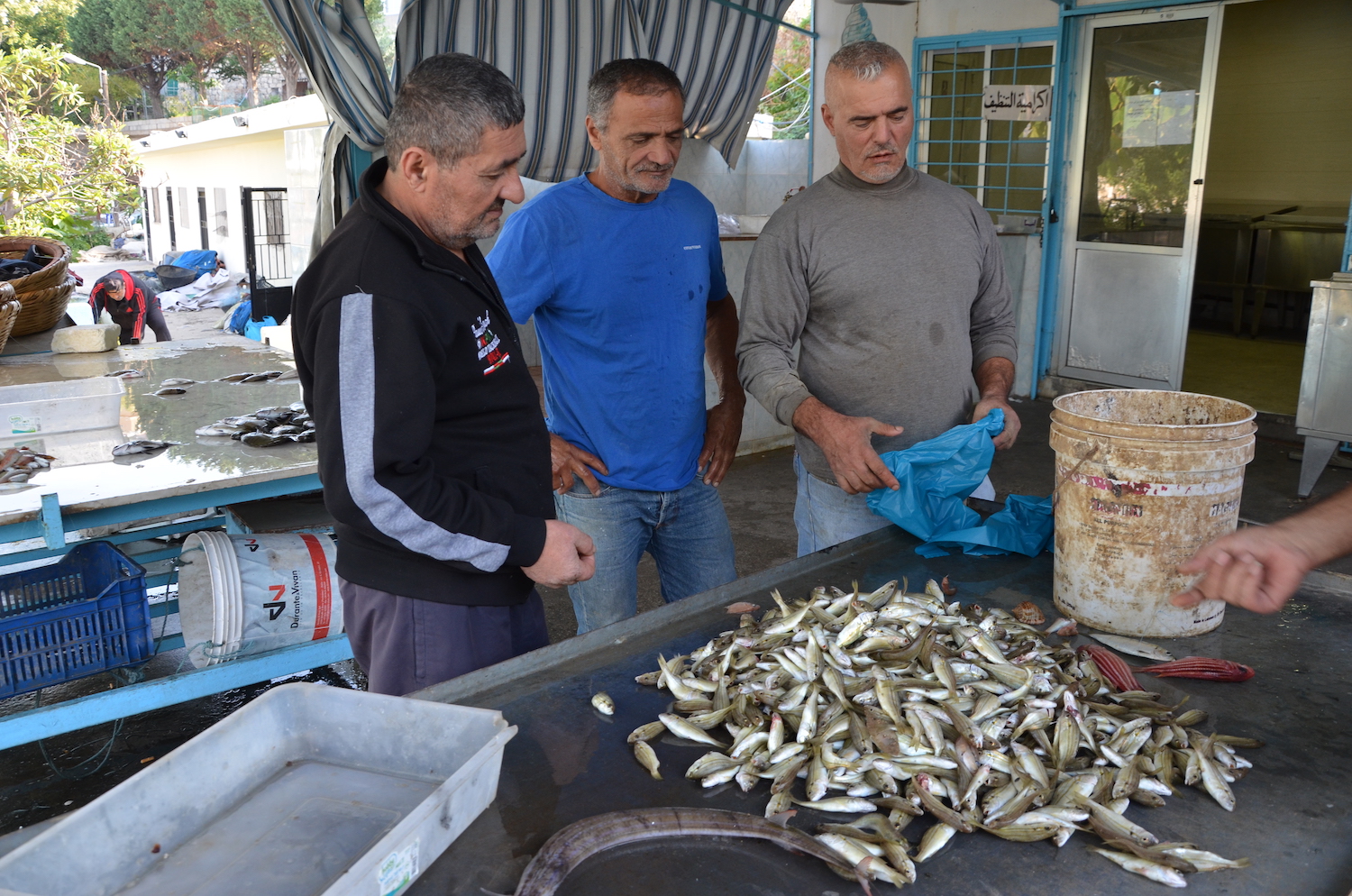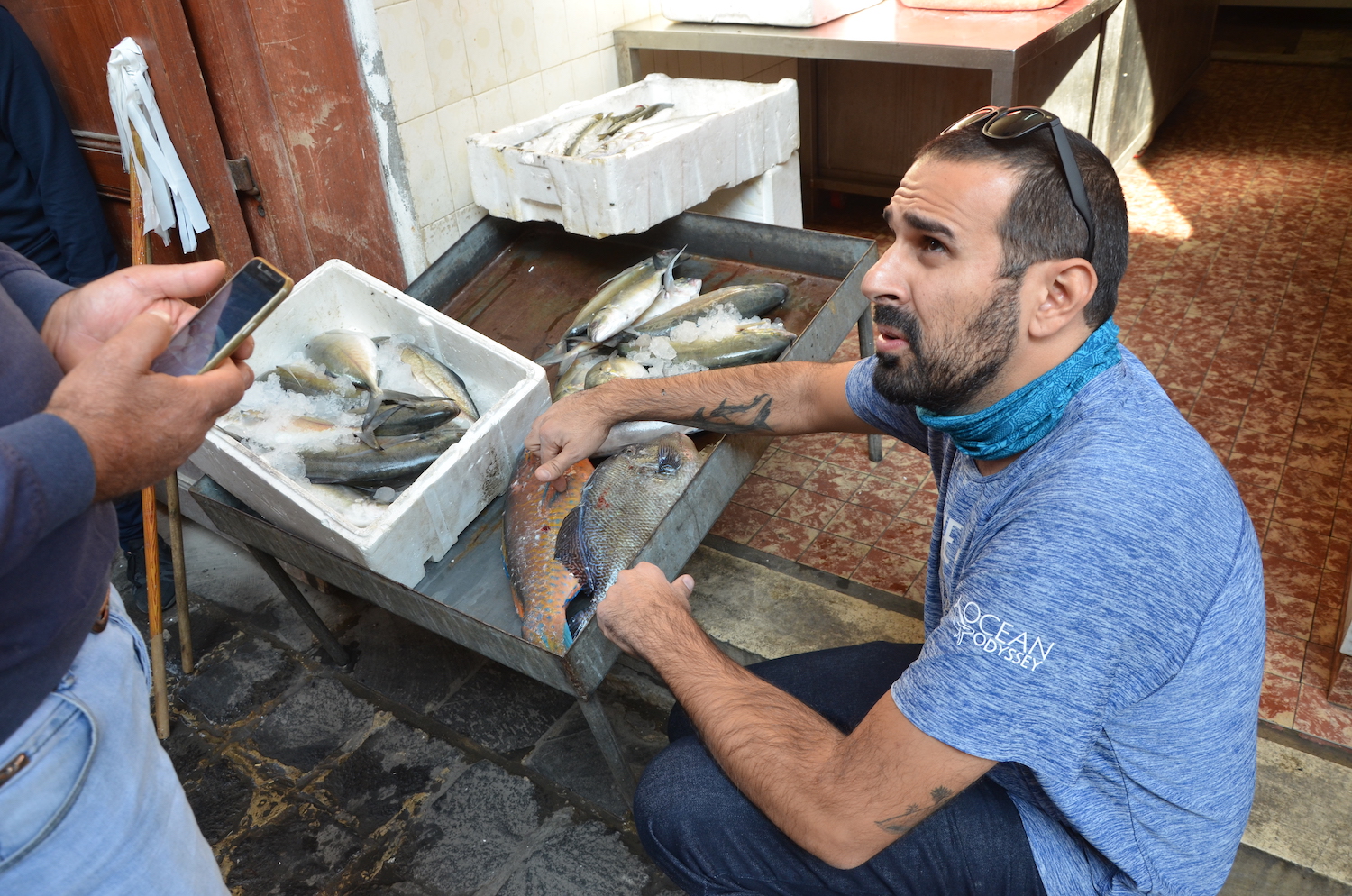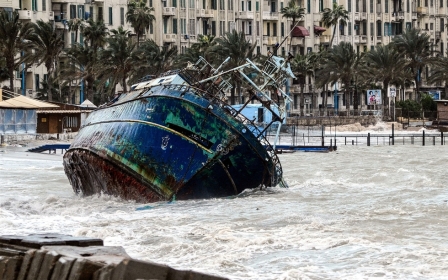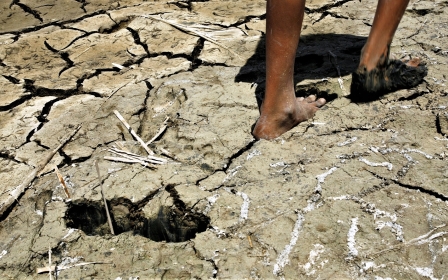Pisces non grata: New sea species invade Lebanon's waters
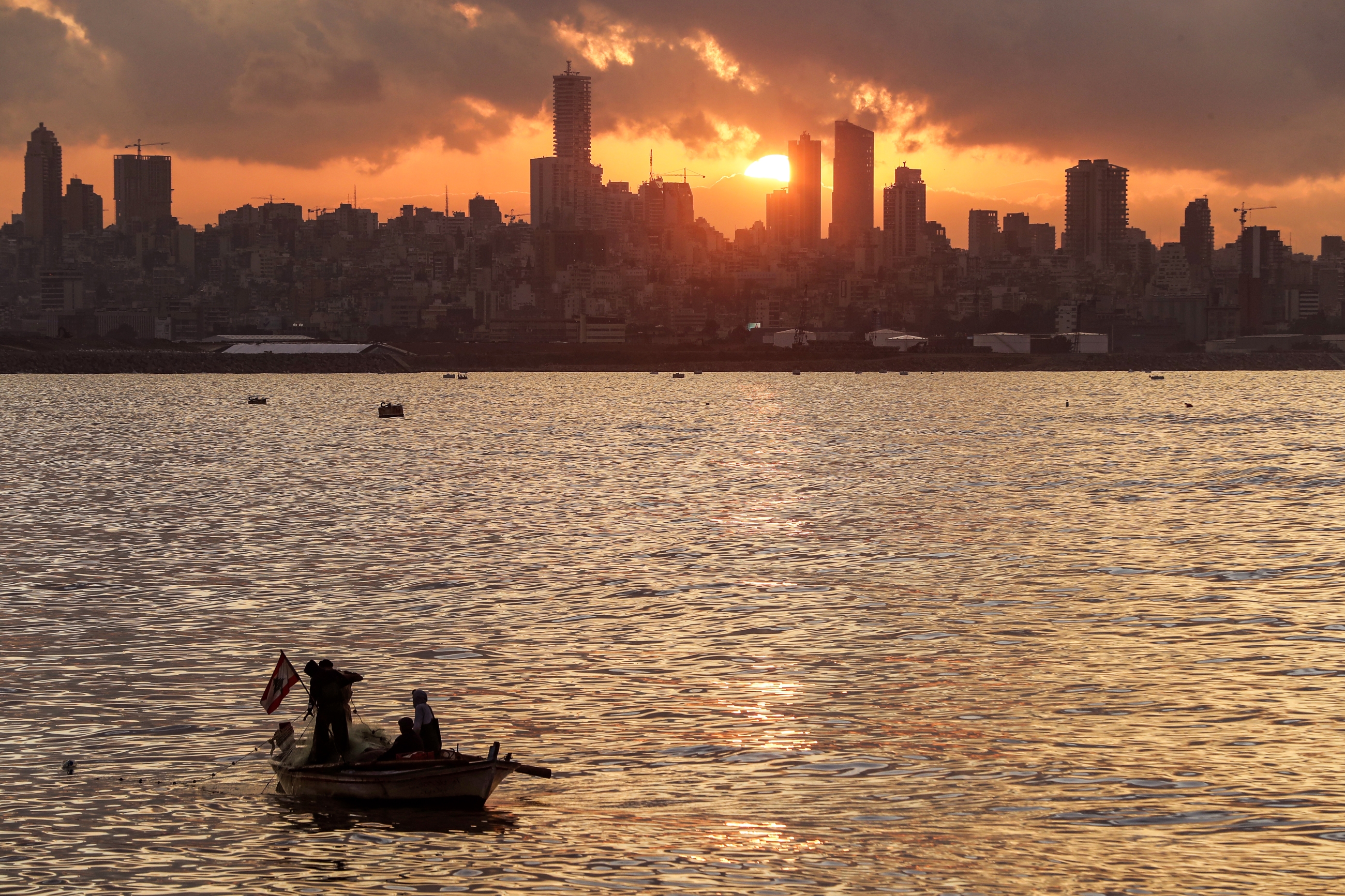
At the Okaibe fishery, about half an hour from Beirut, boats reach the shores filled with strange creatures.
"There wasn't any of that a few years ago. I don't even know what they are called," said Hady, emptying a bucket of small fish onto the table.
"Maybe we should come up with a name? How about samket thawra [revolution fish]?" says another fisherman, jokingly referring to the anti-government protests that started in Lebanon on 17 October.
About 10cm long, with yellow stripes and looking a little plump, the fish, like hundreds of other species, are climate migrants.
Fish migration to the area started around 150 years ago, when the Suez Canal was built.
Around that time, over 1,000 species of fish, algae and molluscs coming from the Indian and Pacific oceans flocked to the Mediterranean.
In recent years, the Eastern Mediterranean has seen more and more new sea life, this time fleeing global warming.
To travel north, some swim but others attach to the hulls of freighters and oil tankers, or in the ballast waters used to balance the ships.
According to international law, ballast waters must be filtered, treated and released in high seas, but few ships actually do so. When ballast waters are let go on arrival, ports turn into nurseries where foreign plankton, eggs and small organisms can develop.
Due to its proximity to the Suez Canal, Lebanon is one of the most affected countries in the region. New species sometimes make up more than 30 percent of the catch in fishing nets.
Piscis non grata
In the fridges of the Okaibe fishery, blue crabs, squid and blue-spotted cornet fish can be found, all of which have come from Asia.
Yet this is just a small part of the whole, as most fishermen simply toss back to the sea the species they do not sell, such as catfish, lionfish or puffer fish.
"When I was young we used to see a few puffer fish, but now it's like rats!" says Georges Azzi, a 60-year-old fisherman.
"In Japan people eat them, but here what are we supposed to do with them?” he asks his 70-year-old brother, Habib.
Asian species have no natural predators in Lebanon. They swarm and threaten local fish such as groupers or red mullets. Some even act as predators, eating other species' eggs.
As a result, local breeds are in turn pushed to migrate northward or to deeper waters.
Some species, such as the dream fish or sarpa salpa, a small fish famous for causing hallucinations when eaten, are slowly disappearing from Eastern Mediterranean waters.
For fishermen, this translates into a drop in income as the new fish remain largely outside the consumption circuits.
"There are no more big groupers, only small ones, and those!" says fisherman Fawaz Latrach, pointing to a parrotfish he has just harpooned in Batroun, a few minutes north of Okaibe.
Latrach brought it to be sold at a fish shop in the souks. Between tuna and sea bream, this newbie with turquoise scales is offered at $8 a kilo.
"What is it? Does it come from a river?" asks a customer.
"No, from Asia! He went up the Suez Canal," explains Rita, the fishmonger.
The customer looks at it again and carries on without buying.
"We sell them cheap, but people are usually suspicious. It takes a long time for customers to get used to new fish," says Rita.
Last summer, local and international media launched a campaign about the lionfish, a sea invader famous for its red-and-white stripes and its long venomous spikes. Activists and local NGOs have been praising its meat and urging people to eat it, but the impact remains limited. In most restaurants, invasive species can't be found on the menu.
"I tried with lionfish, but nobody orders it. People fear it could be toxic if not well prepared, and honestly I don't want to take the risk," says a restaurant owner who prefers to remain anonymous.
"In the end, Lebanese customers are used to about 10 types of fish, and that's all they want."
Veni, vidi, vici
Whether the Lebanese like it or not however, the new species are here to stay, and something must change if an ecological disaster is to be avoided.
'In Japan people eat them, but here what are we supposed to do with them?'
- George Azzi, fisherman
"We must find a way to integrate this new resource in the economy. New species can be eaten, but we can also find other uses for them," says Ziad Samaha, programme manager at the International Union for Conservation of Nature (IUCN), a Switzerland-based organisation most famous for compiling the red list of threatened species.
Globefish, for example, secrete a substance used in cancer treatment. So far, however, studies suggest that extracting it from the fish would be more expensive than recreating a synthetic molecule in a laboratory, but a lot of opportunities remain to be explored in the medical field.
Globefish skin can also be used to make traditional musical instruments, such as oriental percussions like the derbake.
To try and prevent further damage to Lebanese sea life and fisheries, experts also emphasize the need to improve marine protected areas so that ecosystems can self-regulate.
A few years ago, Asian crabs found their way to Tunisia. Some local fishermen call them Islamic State crabs as they attack their nets and eat the netted fish before the net is pulled out of the water.
"The Lebanese coast is very damaged, and these areas act like a first line of defence against invasive species," says Samaha.
Despite having a 225 km coastline, Lebanon has only two marine protected areas: the Tripoli Palm Islands in the north and Tyre Coastal Natural Reserve in the south.
"Unregulated real-estate development, pollution, and fishing techniques using explosives such as dynamite near the shores caus a lot of harm to the natural habitat of fish like rocks and small caves. All of this facilitated the development of new species. It's like a body whose immune system is unable to fight back."
For experts and activists it is also important to improve international coordination and raise awareness, especially in Europe, as new species eventually show up on the coasts of Greece, Italy and France.
Middle East Eye propose une couverture et une analyse indépendantes et incomparables du Moyen-Orient, de l’Afrique du Nord et d’autres régions du monde. Pour en savoir plus sur la reprise de ce contenu et les frais qui s’appliquent, veuillez remplir ce formulaire [en anglais]. Pour en savoir plus sur MEE, cliquez ici [en anglais].


